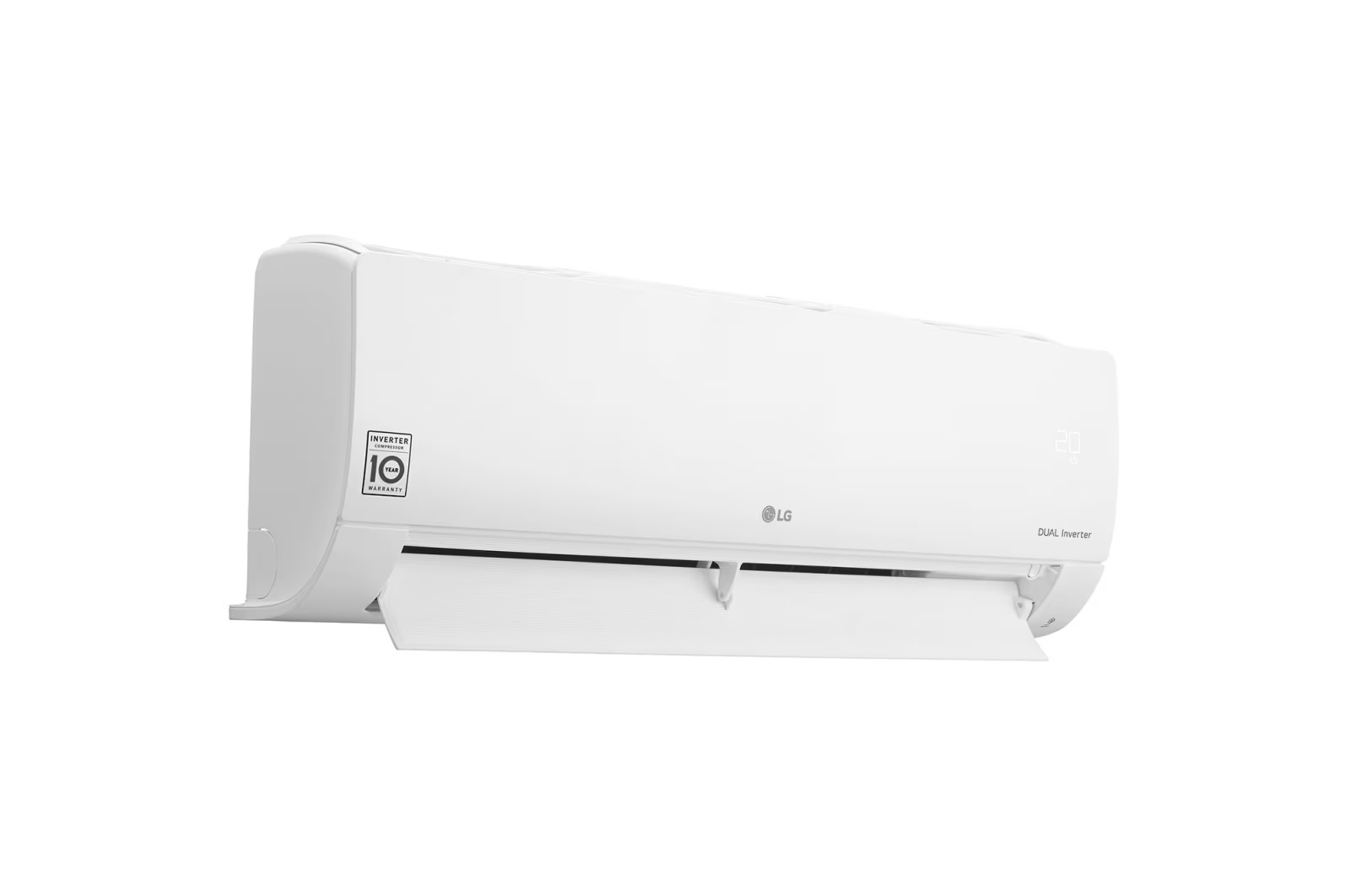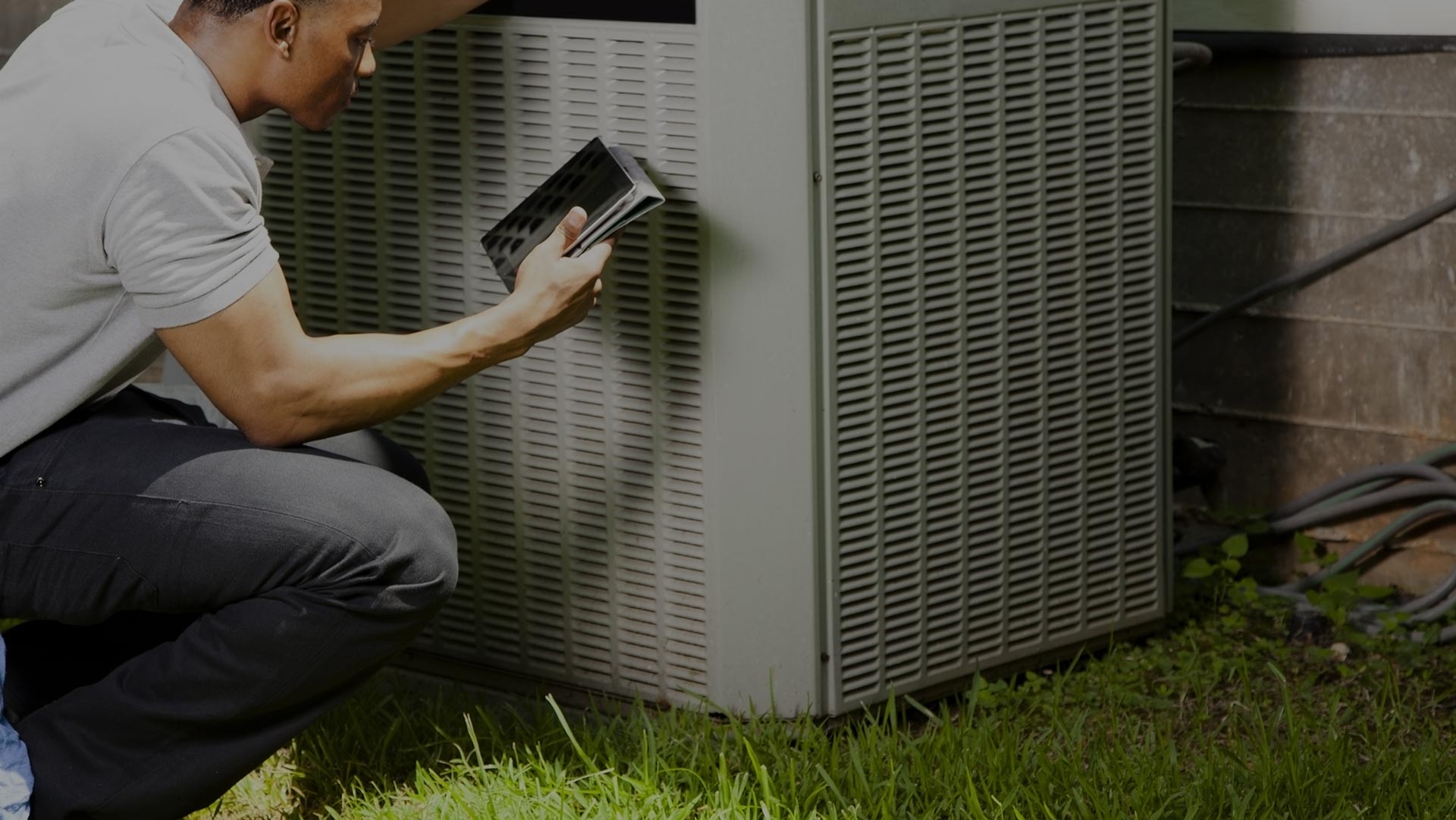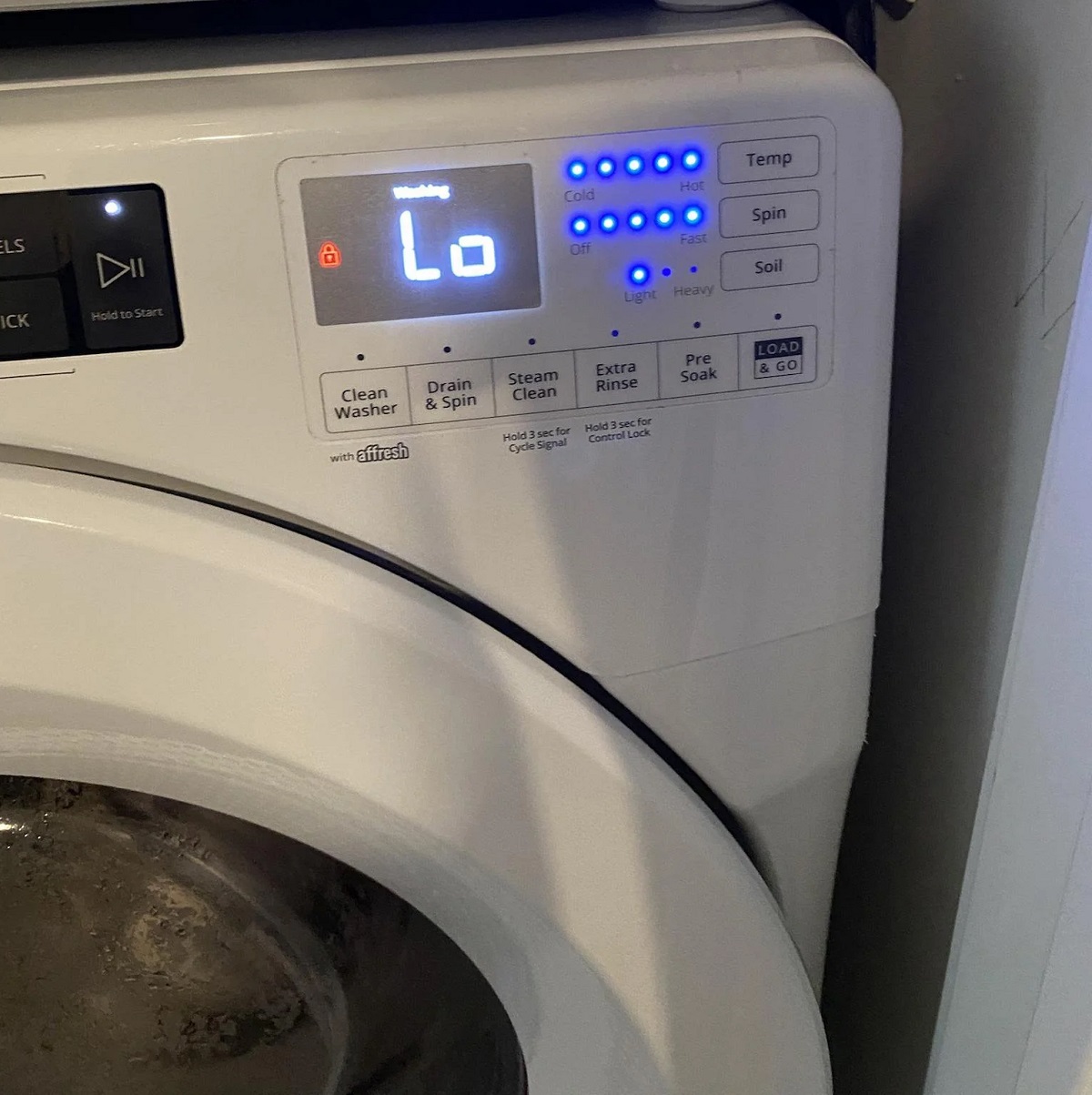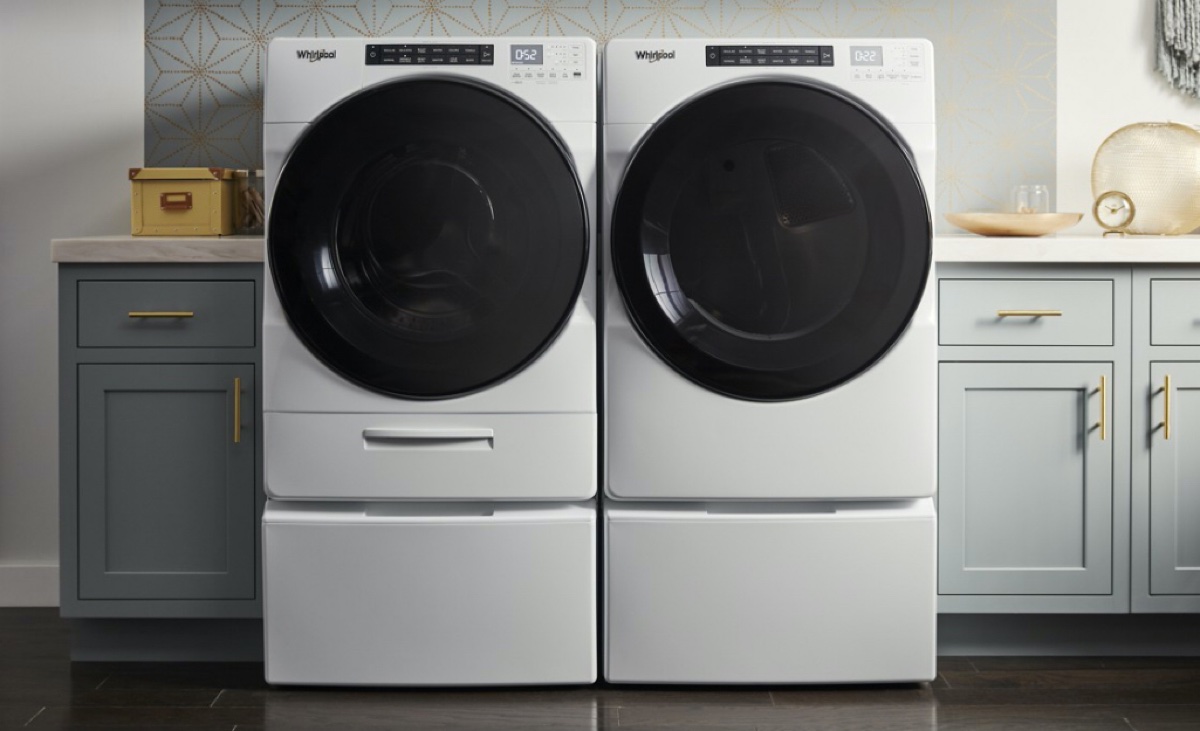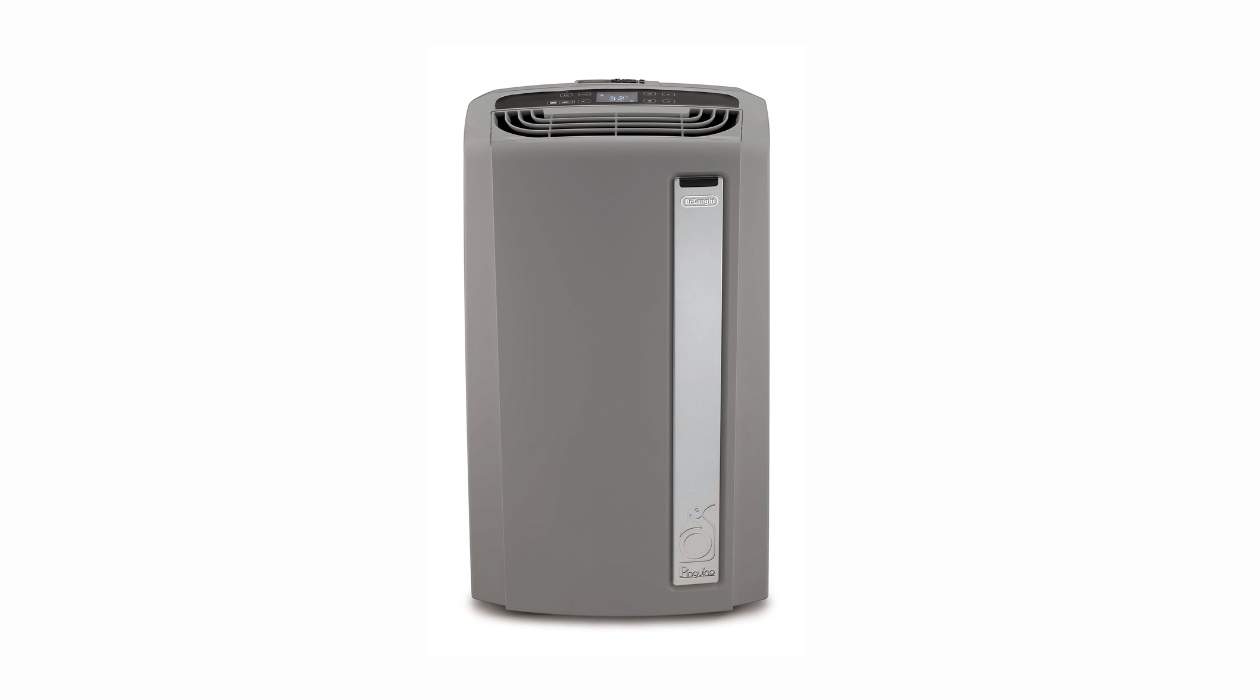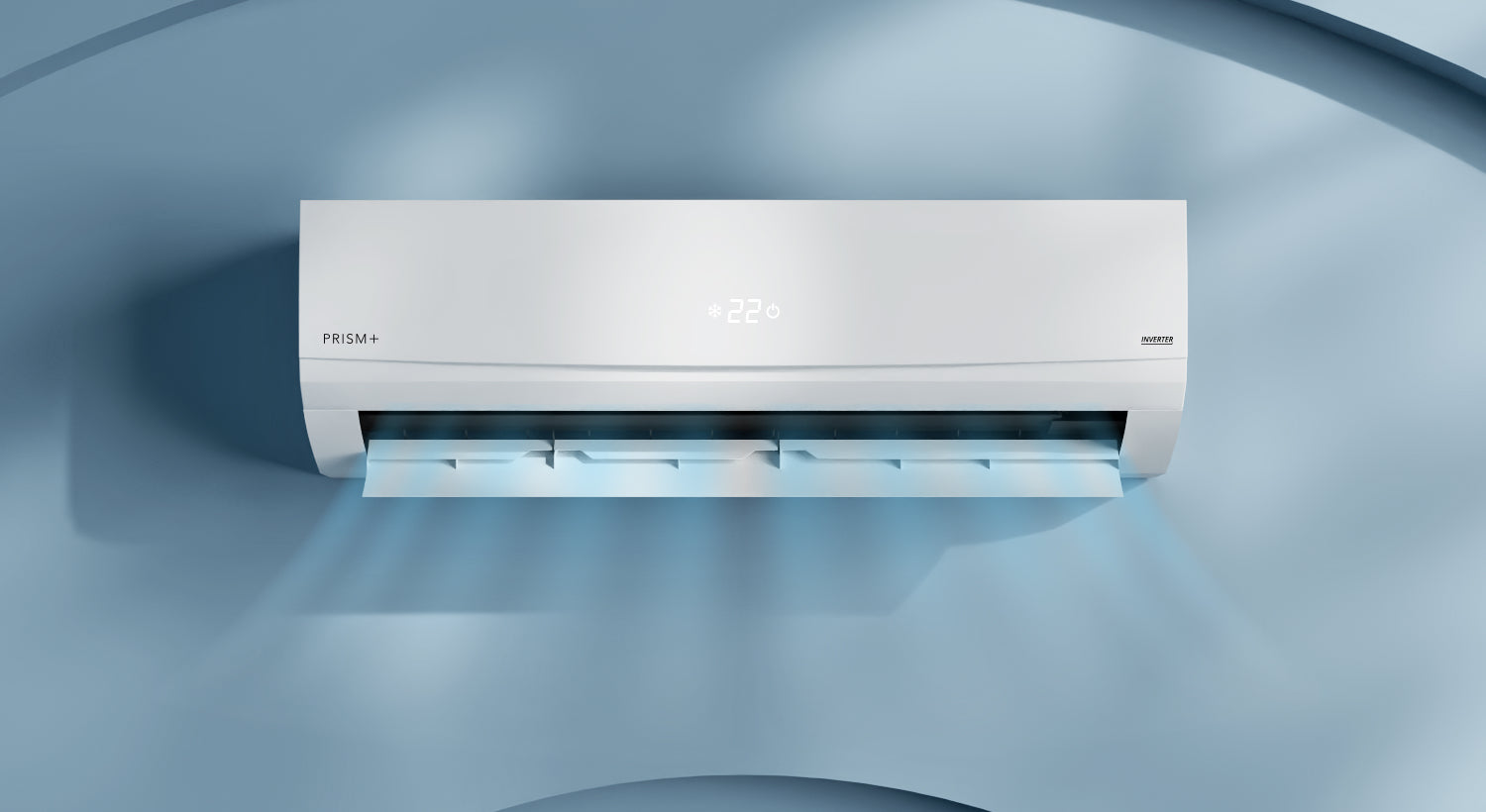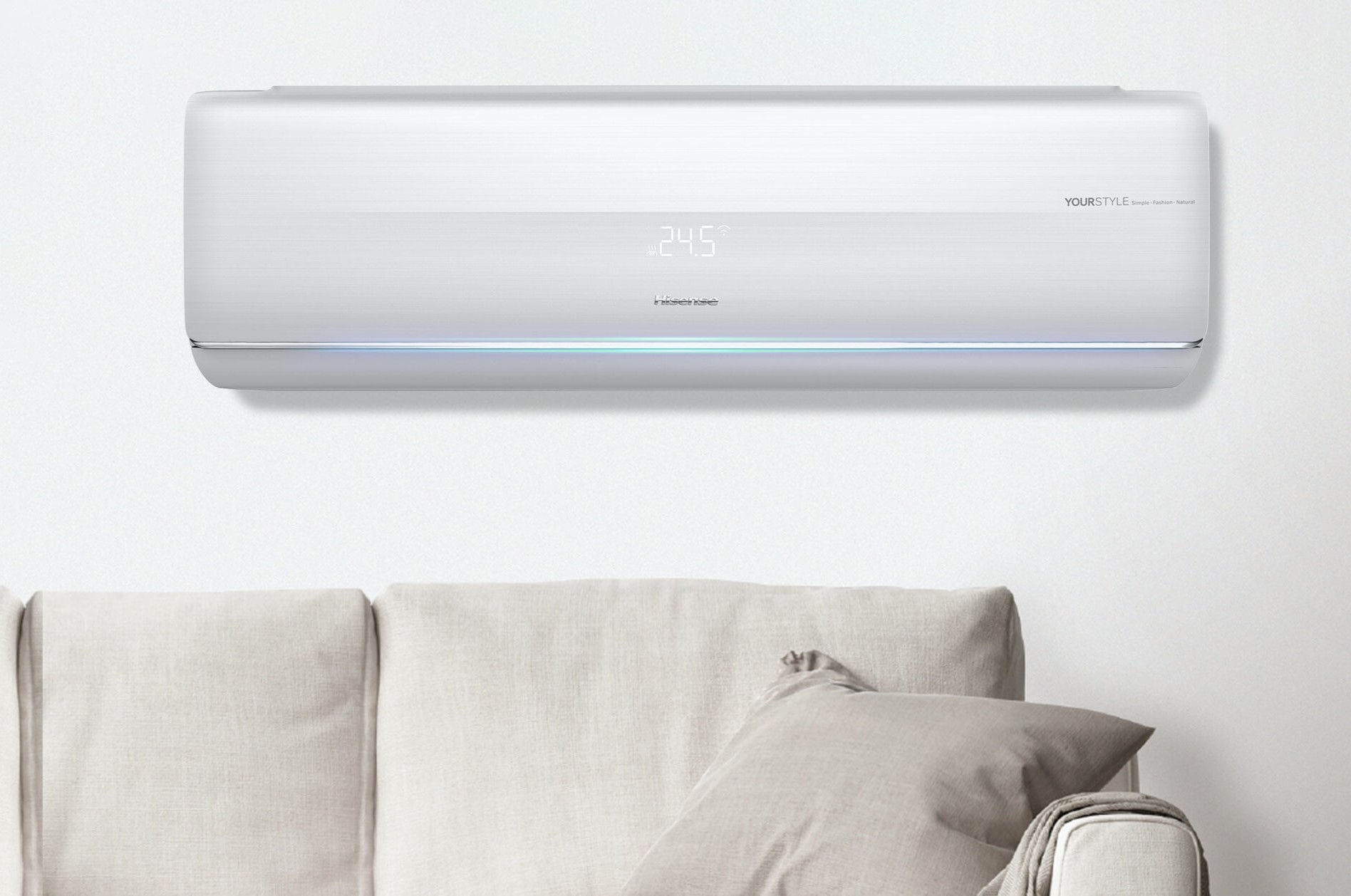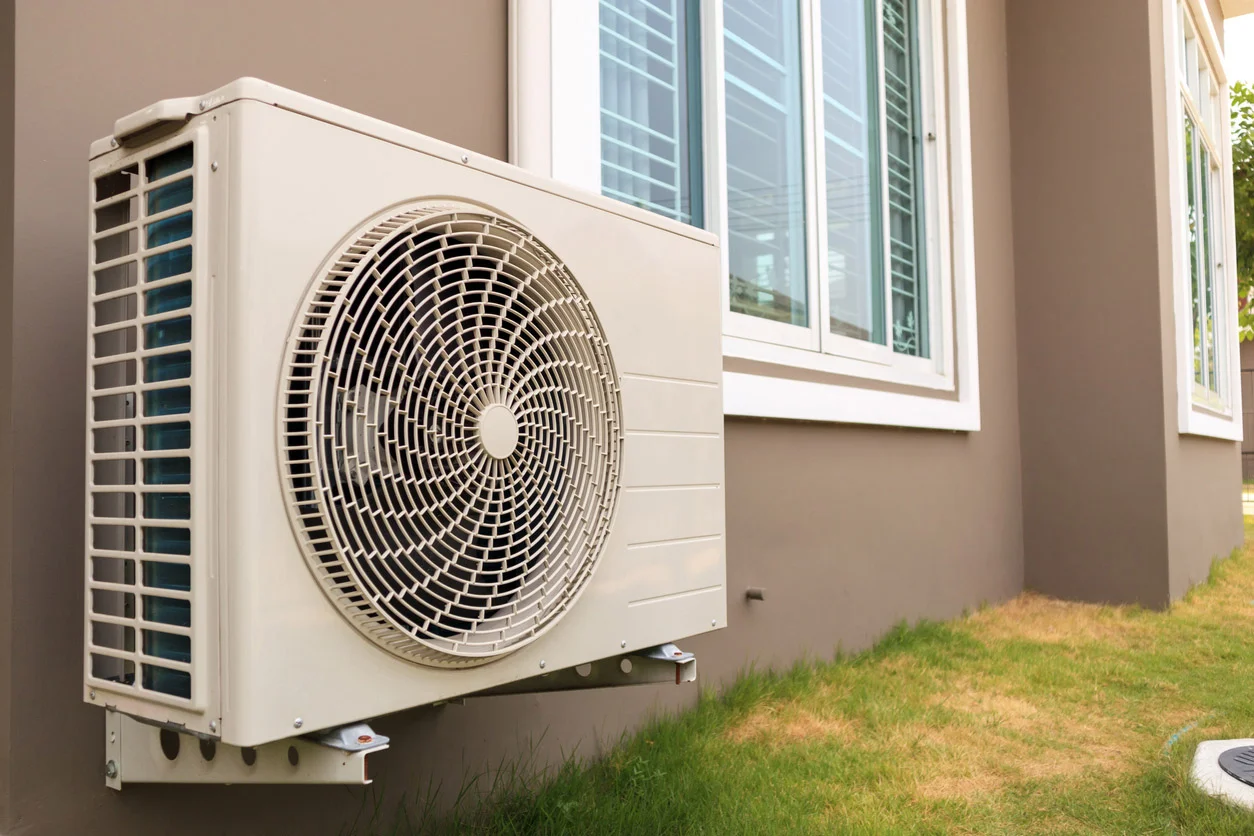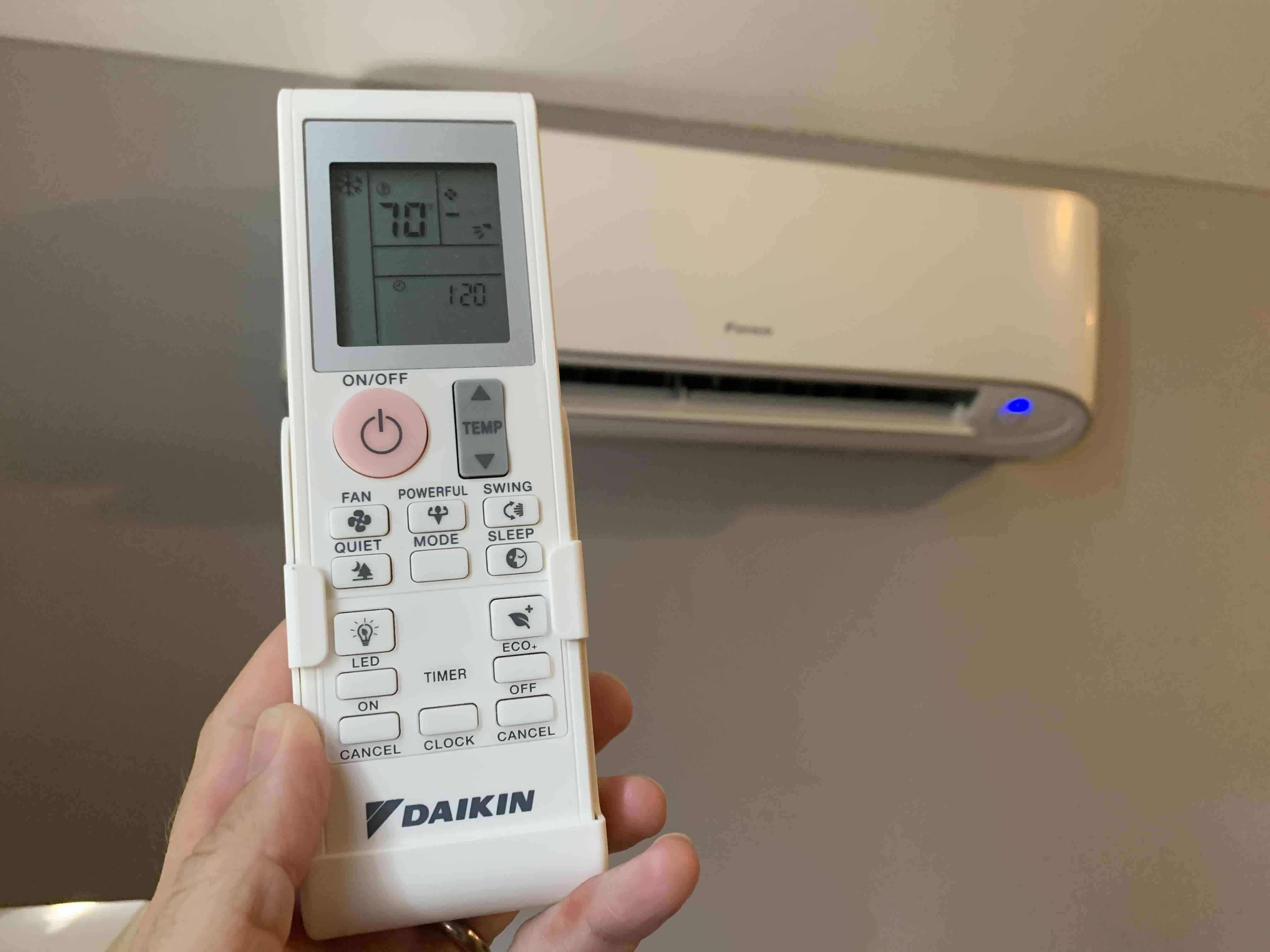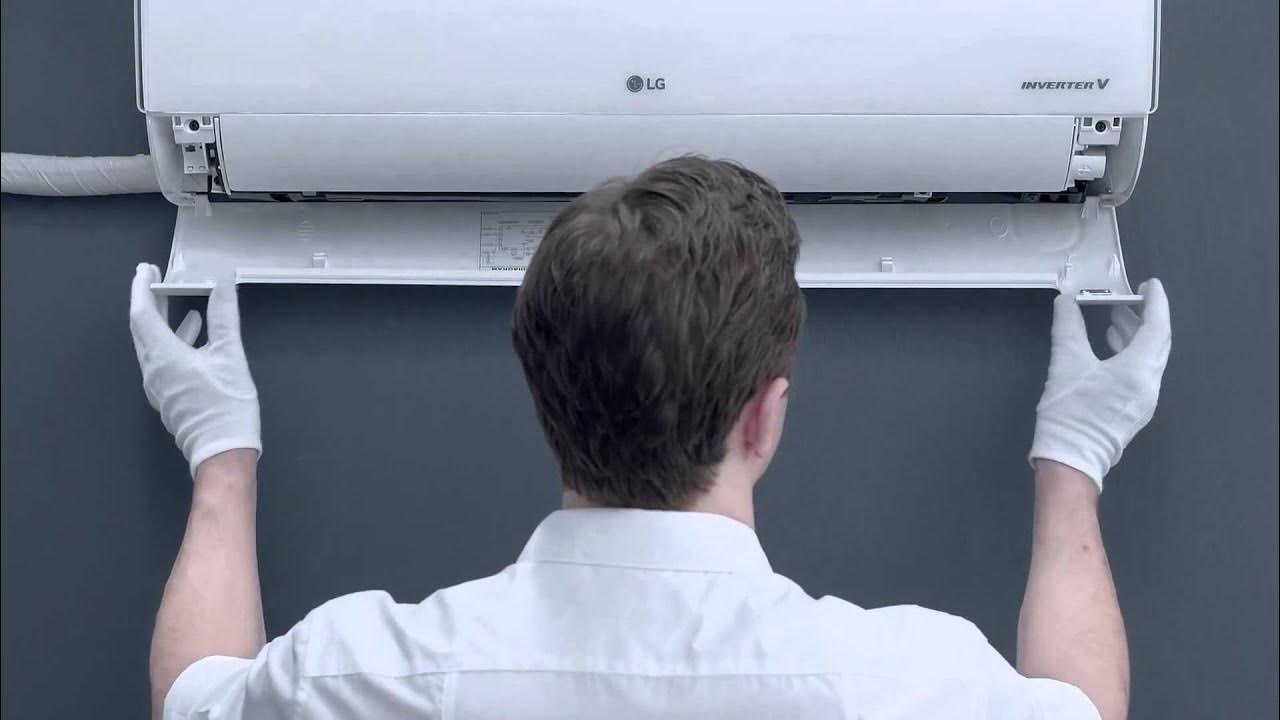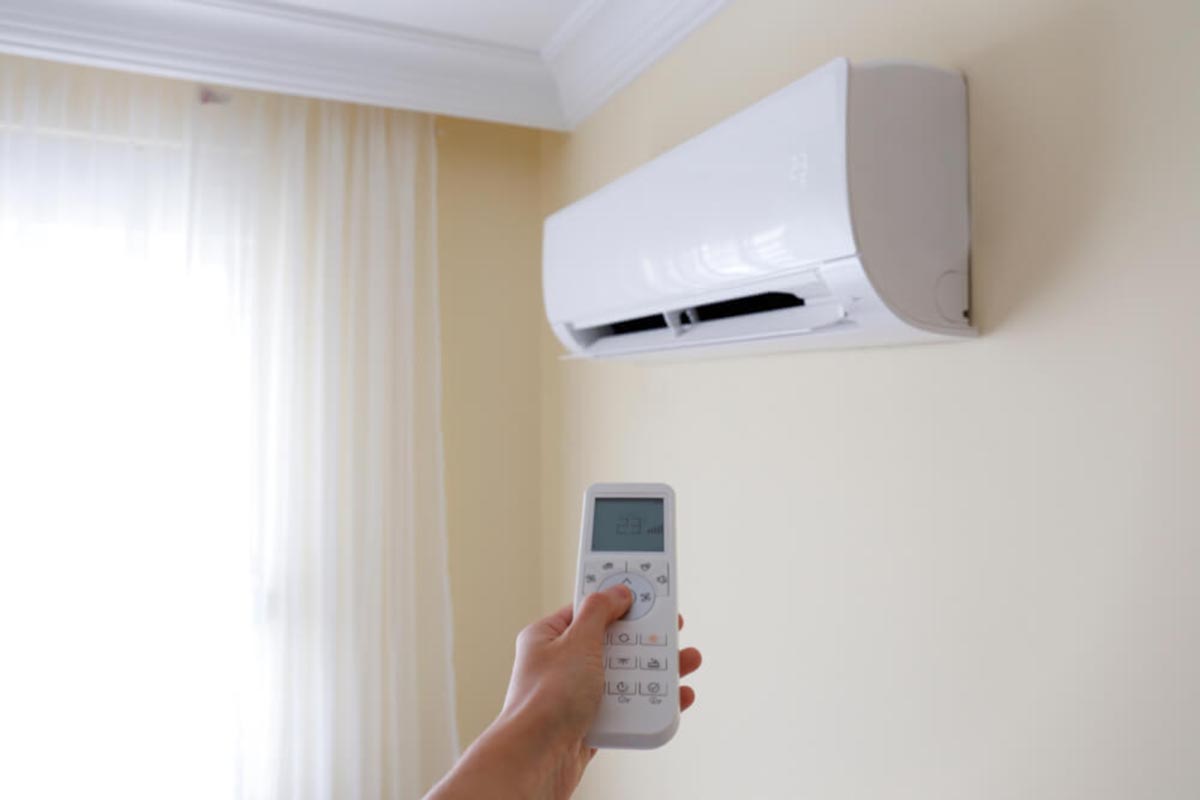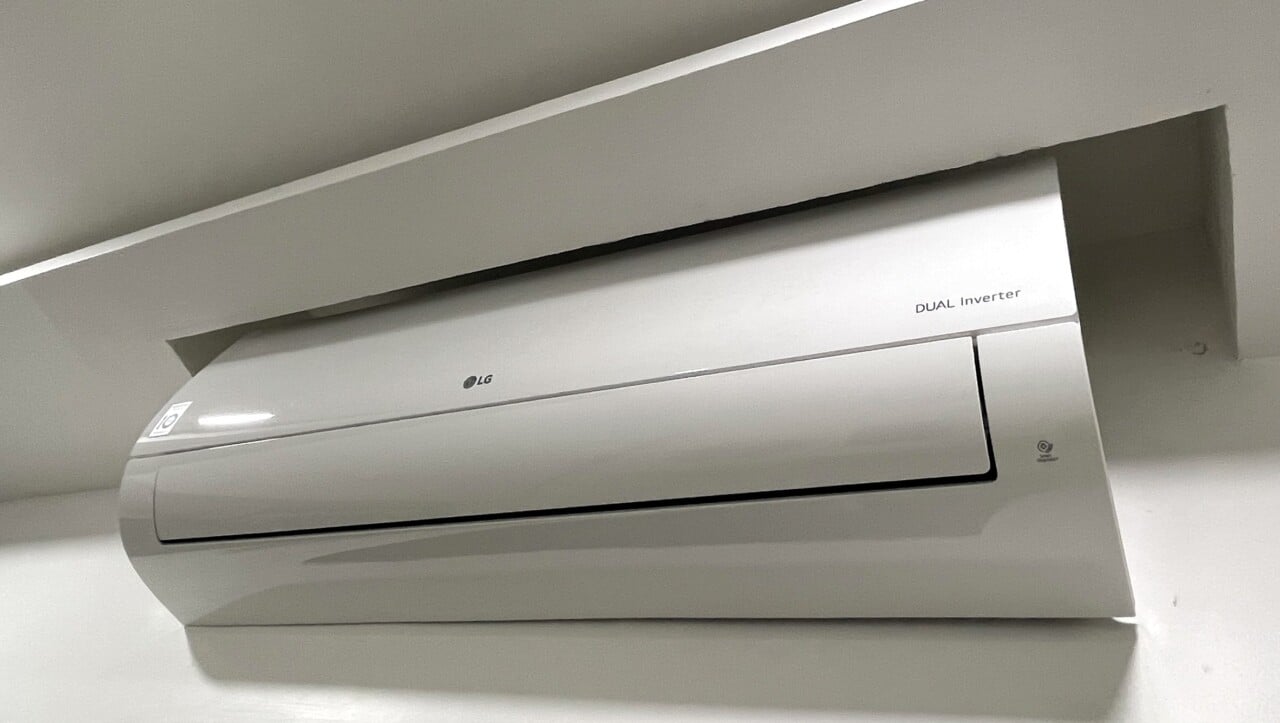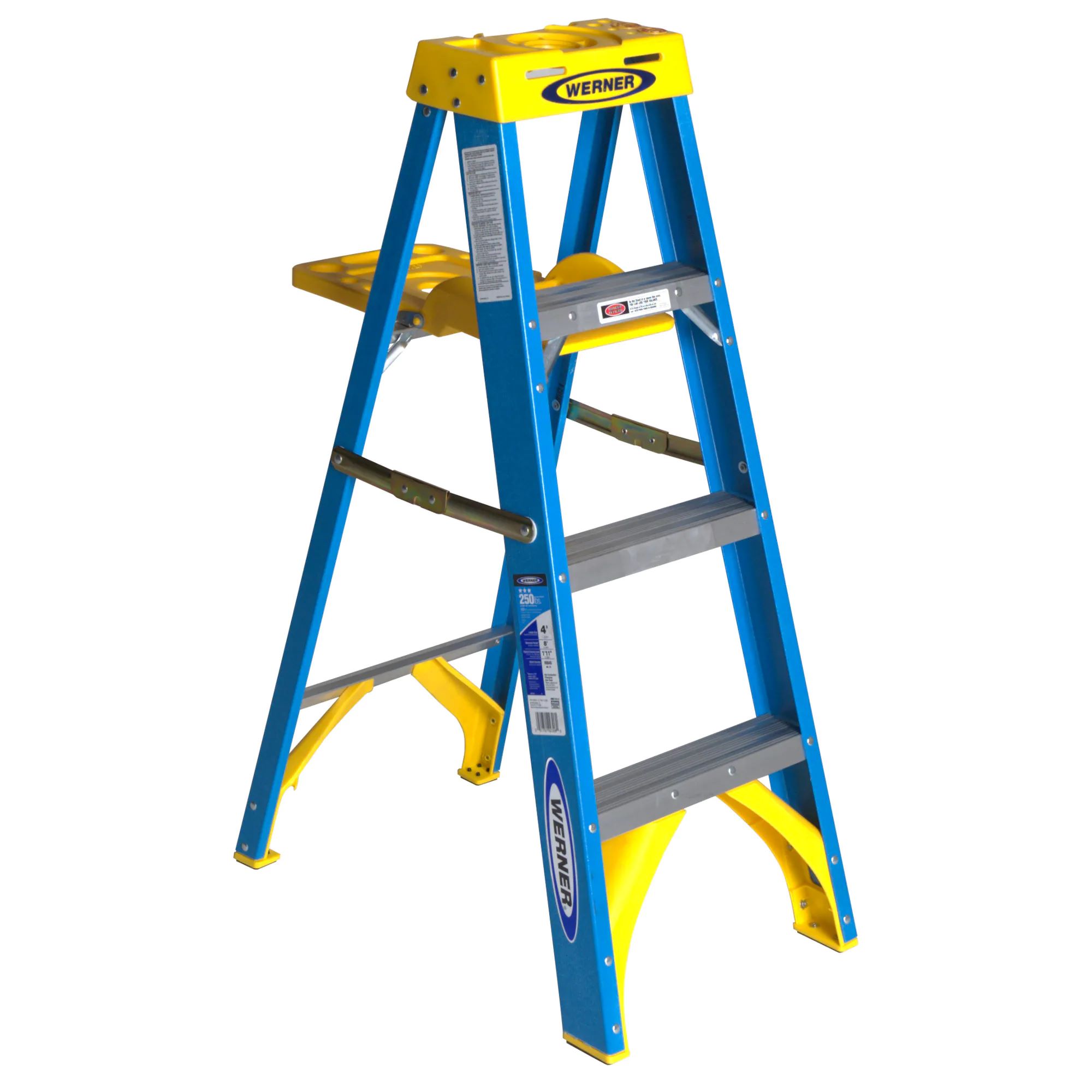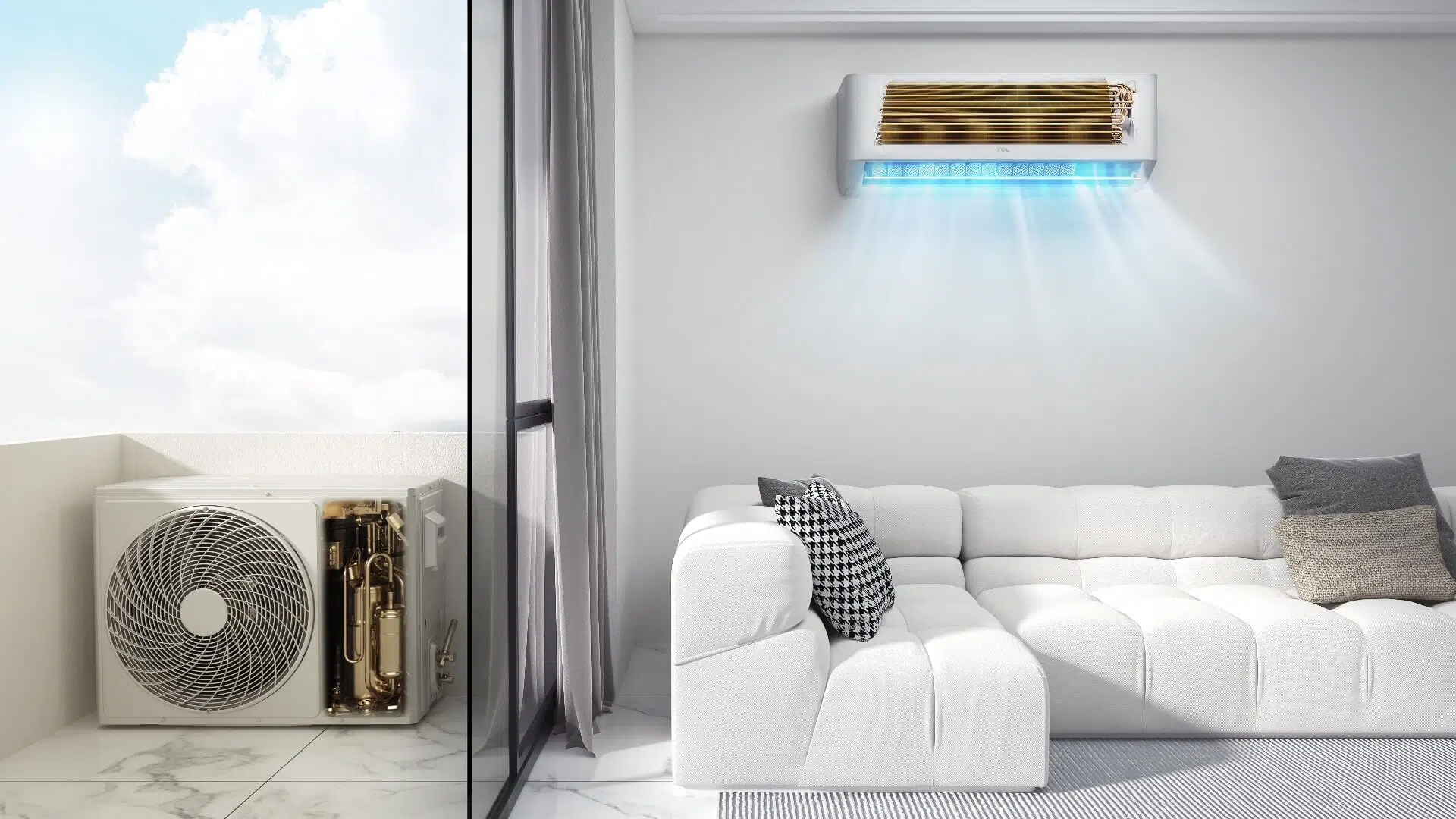Home>Home Maintenance>What Does Fl Mean On An Air Conditioner


Home Maintenance
What Does Fl Mean On An Air Conditioner
Modified: March 7, 2024
Wondering what the "FL" on your air conditioner means? Find out its significance and get expert advice on home maintenance from our team.
(Many of the links in this article redirect to a specific reviewed product. Your purchase of these products through affiliate links helps to generate commission for Storables.com, at no extra cost. Learn more)
Introduction
Welcome to the world of air conditioners, where the comfort and coolness of your home are just a switch away. If you’ve ever noticed the acronym “FL” on your air conditioner display panel, you may have wondered what it means and why it’s there. In this article, we will delve into the meaning of FL on an air conditioner and explore its purpose, functioning, benefits, potential issues, and factors to consider when FL appears on your air conditioner.
An air conditioner is a complex system that regulates the temperature and airflow in your home, ensuring a comfortable environment no matter the weather outside. It consists of various components, including the compressor, condenser, evaporator, and refrigerant, all working together to provide cool air.
Now, let’s uncover the mystery behind the “FL” symbol on your air conditioner and how it affects the functionality of your unit.
Key Takeaways:
- When you see “FL” on your air conditioner, it means there’s a problem. Addressing it early can save money, energy, and keep your home comfortable and safe.
- Don’t panic when you see “FL” on your air conditioner. Check the manual, consider the severity, and decide if you need professional help to fix the issue promptly.
Read more: What Does Fl Mean On An LG Air Conditioner
Definition of FL
The acronym “FL” on an air conditioner stands for “Fault” or “Failure.” When you see this code displayed on your air conditioner’s control panel, it indicates that there is a malfunction or issue with the unit. It serves as an alert or warning to let you know that something is wrong and that it requires attention.
Air conditioners are designed with built-in diagnostic systems that can detect problems within the system. When a fault or failure occurs, the FL code is triggered, and it is your cue to troubleshoot the issue or seek professional assistance to rectify the problem.
It’s important to note that the specific meaning of the FL code may vary depending on the manufacturer and model of your air conditioner. Therefore, referring to the user manual or contacting the manufacturer’s customer support can provide you with more specific information regarding the fault indicated by the code.
Now that we understand the meaning of FL on an air conditioner, let’s explore the purpose behind its presence.
Purpose of FL on an Air Conditioner
The FL code on an air conditioner serves multiple purposes. Its primary purpose is to alert you to a fault or failure within the system, ensuring that you are aware of any issues that may negatively impact the performance and functioning of your air conditioner. By detecting and displaying the FL code, the air conditioner is providing valuable information that helps you determine the next steps to resolve the problem.
Here are some specific purposes of the FL code on an air conditioner:
- Early Detection of Malfunction: The FL code acts as an early warning system, allowing you to identify potential problems before they escalate into more significant issues. By addressing the fault promptly, you can minimize the risk of further damage to your air conditioner and potentially save on repair costs.
- Protection of the System: When a fault is detected, the air conditioner may go into protective mode, automatically shutting down or reducing its operation to prevent further damage. This protective measure helps extend the lifespan of your air conditioner and ensures the safety of the unit and its components.
- Improved Energy Efficiency: A malfunctioning air conditioner can be less energy-efficient, resulting in higher electricity bills. By alerting you to the fault through the FL code, your air conditioner prompts you to take action and restore its optimal performance, thereby enhancing energy efficiency and reducing your energy consumption.
- Convenience: The FL code simplifies the troubleshooting process by pinpointing the specific issue within the air conditioner. This information can be immensely helpful when seeking professional assistance or trying to diagnose and fix the problem yourself.
Understanding the purpose behind FL on an air conditioner is crucial for effectively dealing with any faults or failures that may arise. Now, let’s take a look at how the FL code functions within the air conditioning system.
Functioning of FL on an Air Conditioner
The functioning of the FL code on an air conditioner involves a combination of sensors, control systems, and display panels. When a fault or failure is detected within the system, the air conditioner’s diagnostic system triggers the FL code, indicating that there is an issue that needs attention.
Here is an overview of how the FL code functions on an air conditioner:
- Detection of Fault: The air conditioner’s diagnostic system continuously monitors various parameters such as temperature, pressure, and airflow. If any of these parameters fall outside the normal operating range or if there is a malfunction detected within a component, the system identifies it as a fault and triggers the FL code.
- Displaying the FL Code: Once the fault is detected, the air conditioner’s control panel displays the FL code to alert you to the problem. The FL code may appear as a combination of letters and numbers or may be accompanied by a specific symbol, depending on the manufacturer and model of your air conditioner.
- Escalating the Alert: In some cases, the air conditioner may also emit an audible alarm or activate a blinking LED light alongside the FL code to further draw your attention to the fault. This escalation of the alert helps ensure that you do not overlook or dismiss the issue.
- Troubleshooting and Resolution: Once you see the FL code on the display panel, it is essential to refer to the user manual or contact the manufacturer’s customer support for guidance on how to proceed. They can help you troubleshoot the specific fault indicated by the code and provide instructions for resolving the issue.
By understanding the functioning of the FL code on an air conditioner, you can promptly identify faults or failures and take appropriate measures to rectify the problem. Now, let’s explore the benefits of having the FL code on your air conditioner.
FL on an air conditioner usually means “fault” or “failure.” It indicates a problem with the unit that needs to be addressed. Check the user manual for troubleshooting tips, or contact a professional for assistance.
Benefits of FL on an Air Conditioner
The FL code on an air conditioner provides several benefits to homeowners. While it may initially seem like an inconvenience due to the indication of a fault or failure, understanding and addressing the issue promptly can lead to the following advantages:
- Early Detection and Prevention: The FL code serves as an early warning sign, alerting you to potential malfunctions or failures within the air conditioner. By detecting these issues early on, you can take the necessary steps to prevent further damage, thereby extending the lifespan of your unit.
- Energy Efficiency: An air conditioner that is operating with faults or malfunctions may consume more energy, resulting in higher energy bills. By addressing the issue indicated by the FL code, you can restore your air conditioner’s optimal performance, leading to improved energy efficiency and potential cost savings.
- Reduced Repair Costs: When you address the fault indicated by the FL code promptly, you can prevent the issue from escalating and causing more extensive damage. This can help minimize repair costs as well as the inconveniences of a malfunctioning air conditioner.
- Improved Comfort: A well-functioning air conditioner ensures optimal cooling and airflow, creating a comfortable indoor environment. By resolving the fault indicated by the FL code, you can restore your air conditioner’s performance and maintain a pleasant temperature and humidity level in your home.
- Increased Safety: Certain faults or failures in an air conditioner can pose safety risks, such as electrical problems or refrigerant leaks. By addressing the issues indicated by the FL code, you can ensure the safety of your family and home, preventing potential hazards associated with a malfunctioning unit.
By recognizing the benefits of the FL code on an air conditioner, you can appreciate its role in maintaining the functionality, efficiency, and safety of your cooling system. Now, let’s explore potential issues that may arise when the FL code appears on your air conditioner.
Read more: What Does E Fl Mean On A Washing Machine
Potential Issues with FL on an Air Conditioner
While the FL code on an air conditioner serves as a useful indicator of faults or failures, it can also be an indication of potential issues that homeowners may face. Here are some potential problems that may arise when the FL code appears on your air conditioner:
- System Performance: The FL code is a signal that your air conditioner is not operating at its optimal performance. This can result in reduced cooling capacity, uneven temperature distribution, or inadequate airflow, leading to discomfort within your home.
- Energy Efficiency: A fault or failure within the air conditioner can cause it to consume more energy than necessary. This can lead to higher energy bills and a negative impact on your carbon footprint.
- Possible Equipment Damage: Ignoring or neglecting the fault indicated by the FL code can potentially lead to further damage to the air conditioning system. This could result in costly repairs or even the need for a complete replacement of the unit.
- Inconvenience: A malfunctioning air conditioner can disrupt your daily routine and cause inconvenience, especially during hot summer months when you rely heavily on your cooling system for comfort.
- Health and Safety Concerns: In some cases, faults within an air conditioner can lead to health and safety hazards. For example, a refrigerant leak can be harmful to your health, while electrical problems may pose a risk of fire or electric shock.
It is important to address the issues indicated by the FL code promptly to avoid these potential problems. Whether through DIY troubleshooting or professional assistance, resolving the faults or failures can help restore your air conditioner’s functionality and ensure a safe and comfortable environment within your home.
Now that we have explored some potential issues that may arise with the FL code, let’s discuss factors you should consider when the FL code appears on your air conditioner.
Factors to Consider When FL Appears on an Air Conditioner
When you see the FL code on your air conditioner, several factors should be taken into consideration to effectively address the issue and restore the functionality of your unit. Here are some key factors to consider:
- User Manual: Consult the user manual provided by the manufacturer for your specific air conditioner model. The manual may contain information about the FL code and its corresponding fault or failure, along with troubleshooting steps you can take.
- System Age and Warranty: Consider the age of your air conditioning system and whether it is still under warranty. If your unit is relatively new or still covered by warranty, contacting the manufacturer or a professional technician may be the best course of action to avoid voiding any warranty terms.
- Severity of the Issue: Evaluate the severity of the fault or failure indicated by the FL code. Some issues may be minor and easily fixable through simple troubleshooting steps, while others may require professional attention to ensure proper resolution.
- DIY Troubleshooting: If you have some technical knowledge and feel comfortable doing so, you can attempt DIY troubleshooting to address the fault or failure indicated by the FL code. However, be cautious and ensure your safety by following proper procedures and guidelines.
- Professional Assistance: For complex or potentially risky issues, it is advisable to seek the assistance of a qualified HVAC technician. They have the expertise, tools, and knowledge to diagnose and resolve the problem efficiently and effectively.
- Regular Maintenance: Consider the maintenance history of your air conditioner. Regular maintenance can help prevent potential faults or failures from occurring. If you have neglected maintenance, it may be a good time to schedule a professional maintenance service to address any underlying issues.
Remember, each air conditioning system and fault indicated by the FL code may vary. If you are unsure about the nature or severity of the issue, or if you are unable to resolve the problem on your own, it is always recommended to seek professional assistance. Taking timely action and addressing the fault or failure indicated by the FL code can help maintain the longevity and performance of your air conditioning system.
Now, let’s wrap up our discussion.
Conclusion
Understanding the meaning, purpose, and functioning of the FL code on an air conditioner is essential for homeowners. The FL code serves as an alert or warning system, indicating faults or failures within the unit, and prompts you to take necessary action to restore the optimal performance of your air conditioner.
By detecting and addressing the issues indicated by the FL code promptly, you can enjoy several benefits, such as early detection and prevention of further damage, improved energy efficiency, reduced repair costs, enhanced comfort, and increased safety within your home.
However, it is important to consider various factors when the FL code appears on your air conditioner. Consult the user manual, evaluate the severity of the issue, and decide whether to attempt DIY troubleshooting or seek professional assistance based on your technical knowledge and comfort level. Additionally, consider the age of your unit, its warranty status, and the importance of regular maintenance to ensure optimal performance and longevity.
Ultimately, proactive maintenance, attention to the FL code, and prompt resolution of any faults or failures will contribute to the reliability and functionality of your air conditioning system. Whether you tackle the issue on your own or rely on the expertise of a professional technician, addressing the FL code promptly will help maintain a cool and comfortable home environment year-round.
We hope this article has provided you with valuable insights into the meaning and significance of the FL code on an air conditioner. Stay cool and enjoy the benefits of a well-functioning air conditioning system!
Frequently Asked Questions about What Does Fl Mean On An Air Conditioner
Was this page helpful?
At Storables.com, we guarantee accurate and reliable information. Our content, validated by Expert Board Contributors, is crafted following stringent Editorial Policies. We're committed to providing you with well-researched, expert-backed insights for all your informational needs.
